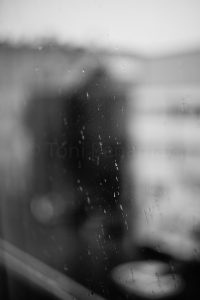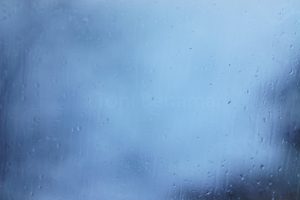In art circles everyones’ photos are heavily criticised and put down for reason or another. Either the photographer has no roots, has not founded himself yet or something similar. Every time I see a photo critique, I seem to sense that nobody has a clue about a certain important aspect of photography that certainly applies to what I personally do with my camera. Doing a short Google session reveals that I am not the only one having found this therapy method.
Both of my parents passed away recently and I have no sisters nor brothers, so in essence I was left completely alone. I did not even have pets to spend time with and talk to, so the camera became my friend and reason to go out even when I did not want to. No, I don’t talk to my camera, if you were about to ask that.

A camera can be like a friend, but if you have the urge to talk to it too, you may be in need of additional therapy. For me, camera was always there and came always with me. The camera did not tell anyone where I had been, unless I of course let it do so by publishing the photographs I had taken. But there still was this something with me every time I went out photographing something, because I certainly did not have the feeling of going outside alone. This was also the time of the year when there really isn’t a lot to take photos of, not in the city at least. The snow was just starting to melt and if you go outside the streets to the parks or nearby woods (there is one on top of a high hill nearby), all you find is dead plants, mud and dog excrement. This was also the time of the year when there is no such thing as a golden hour, because every day is as grey as previous one. I envy everybody living in places where the winter does not continue to May and start in September.
Some people paint, others write, some turn into alcohol, I shoot people – with camera that is. Here’s a quote from Henri Cartier-Bresson:
I went to Marseille. A small allowance enabled me to get along, and I worked with enjoyment. I had just discovered the Leica. It became the extension of my eye, and I have never been separated from it since I found it. I prowled the streets all day, feeling very strung-up and ready to pounce, determined to “trap” life – to preserve life in the act of living. Above all, I craved to seize the whole essence, in the confines of one single photograph, of some situation that was in the process of unrolling itself before my eyes.
There was a time when I was not even able to take photographs, I was just too exhausted and intimidated by the idea that I preferred to stay at home. But it was the camera that got me out of here, a good excuse to go somewhere nearby even though you did not take any pictures. I know where my roots were, but now I don’t know anymore. So maybe I am in the phase of finding myself, through the camera or some other way, I don’t know. But the camera is like a therapist and as expensive as a real one too, so I don’t feel I miss something from the experience.

At some point of time I could not sleep properly (and still can’t), so my interest turned into books that have less text and more photographs. I found plenty of good ones, like the Magnum Contact Sheets by Kristen Lubben. Another good one was Alex Webb: The Suffering of Light
by Alex Webb (and Geoff Dyer as Author). These were like a inside peek to other peoples heads, and this time they were also photographers. I haven’t gone through the books yet and I think it’ll take plenty of time to go through these two thick (Magnum Contact Sheets especially) books with thought.
Digging through the old photographs left by my parents introduced me to film photography once more. There were plenty of pictures I had taken as a child tens of years ago, but the picture quality, or some might say lack of it, was the thing that interested me. It was like being introduced to Instagram, but these were the real thing. Some colour photographs have aged so badly that I have to do plenty of editing to even see what’s in the photo. But having these real photographs reminding me of the life gone by and having also plenty of film lenses and film cameras got me to trying something new. I don’t know yet whether I will end up shooting only B&W or should I take the colour route. It also depends on the price of films and development. I live on top of a shopping mall (or series of them), and there is at least two photo shops that can develop films in the same building. They also sell film, but the selection was very poor, only one for colour and one for B&W, and for prices that were almost twice the price I’ve seen them online. But developing a roll costs so little (5,90 EUR) that I don’t think I will be developing my own films unless there is some really good reason to start doing so. Until then I will do with C-41 process 135 film rolls and my Minolta X-700 and Canon T70.
How artistic were my pictures during this period? I’d say, letting my inner critique out, full of c***. But there is a meaning in those pictures that does not show at all to one who does not know the story and it’s only the photographs from the funeral that tell something about the story, a story I’m not about to publish. There is one photograph that maybe puts it all in all picture: my parents wedding photo from ages ago, some flowers and a lone candle soon to be blown out. The camera can be a healer, even though being a technical cold machine, or today quite close to a computer with a lens on it.
